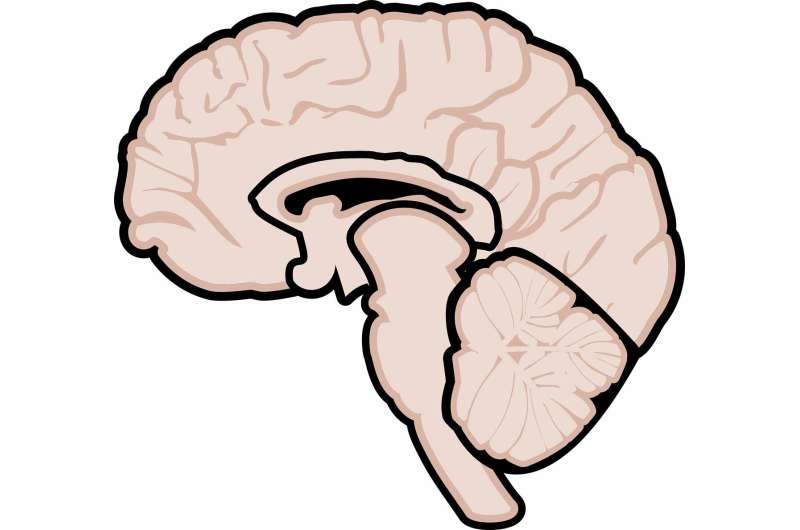Credit: CC0 Public Domain
Finding treatments for advanced multiple sclerosis (MS) has been difficult. But new research may help neurologists identify which drugs are best for people with the advanced form of MS called secondary progressive MS. The new study, published in the June 30, 2021, online issue of Neurology, the medical journal of the American Academy of Neurology, found that the more potent disease-modifying drugs are more effective in reducing flare-ups in secondary progressive MS than the less potent drugs that tend to be safer to take. However, the researchers found no difference in how fast the disease progressed between these two types of drugs.
Most people with MS are initially diagnosed with relapsing-remitting MS, marked by symptom flare-ups called relapses followed by quiet periods called remission. More than half of these people eventually transition to secondary progressive MS, which is a slow, steady, worsening of the disease that may or may not include relapses.
"Multiple sclerosis is a complicated disease to treat and must be closely monitored as it is managed with various medications, some of which can have serious side effects," said study author Tomas Kalincik, MD, Ph.D., of the University of Melbourne in Australia. "High-efficacy medications are prescribed in early multiple sclerosis to more aggressively treat the disease and have been found to more effectively prevent flare-ups and modify progression, but less is known about how effective these therapies may be later when relapsing-remitting MS transitions to secondary progressive MS."
The study involved 1,000 people with secondary progressive MS. Participants were followed for 10 years to see whether they had relapses and if they became more disabled over time.
Researchers divided participants into two groups, those treated with one of the more potent drugs, or high-efficacy drugs (natalizumab, alemtuzumab, mitoxantrone, ocrelizumab, rituximab, cladribine and fingolimod) and those treated with one of the less potent drugs, or low-efficacy drugs (interferon β, glatiramer acetate and teriflunomide). People in each group were matched for factors like disability level and how long they had secondary progressive MS.
After accounting for the lag time before a person starts to experience the benefit of a medication, researchers found that in people with active disease, or those experiencing relapses within the past two years, people who were treated with high-efficacy medications experienced 30% fewer relapses than people treated with low-efficacy medications. People in the high-efficacy group experienced an average of 0.17 relapses per year compared 0.27 relapses per year in the low-efficacy group.
"Our study finding that high-efficacy therapies are superior to low-efficacy therapies only in reducing relapses in people with active secondary progressive MS provides valuable guidance for neurologists when choosing the most effective therapies for people with this form of MS," said Kalincik. "When the goal is to alleviate ongoing relapse activity, more potent therapy is justified. But when the goal is to limit disability progression in secondary progressive MS, both types of drugs show comparable effectiveness."
A limitation of the study was that participants were grouped by those taking high-efficacy or low-efficacy therapies. However, therapies were not studied individually. Kalincik said it is possible that individual therapies may have different effects on symptoms and disability and recommend that they be examined separately in future research.
Journal information: Neurology
Provided by American Academy of Neurology






















